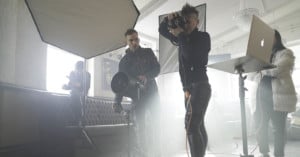
The Demise of Photography in Fashion
Photography once changed fashion but now fashion is changing photography, threatening to make it obsolete.

Photography once changed fashion but now fashion is changing photography, threatening to make it obsolete.
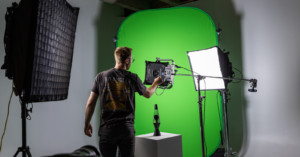
Green screens, while incredibly commonplace in big-budget productions and Hollywood blockbusters, often get a very bad reputation in the hands of independent filmmakers.

Unless you're working in the high-end product photography space, you probably aren't thinking about buying props for sets. But for those that do, there are some available that cost significantly more than many of the products they're designed to visually enhance.
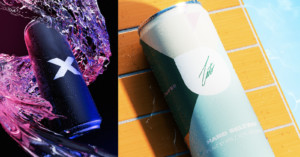
Sam Tato, a self-described 3D Generalist, says that computer graphics (CG) and computer-generated imagery (CGI) have reached the point that it has made practical beverage photography a thing of the past -- and he says he can prove it.

Portable USB-powered displays aren't new but can be very helpful for editors on the move to get access to more screen real estate. Acer’s new model turns things up a notch though and can take a 2D image and make it appear as if it were 3D.
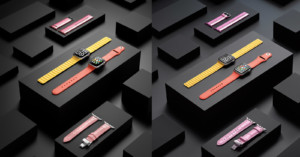
Photographer Karl Taylor and artist Ethan Davis both created the same still-life scene of an Apple Watch. Taylor used traditional photography techniques while Davis created one using only computer graphics. Which is which?
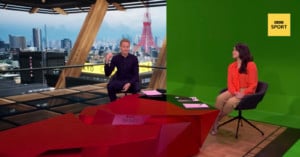
The recently-concluded 2020 Olympics weren't different just for athletes and spectators because of the coronavirus pandemic, but also for news outlets that covered the games. For example, the BBC shows how its Tokyo studio was entirely faked, recreated within Epic's Unreal gaming engine.
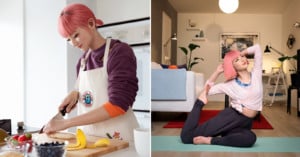
IKEA's transition from photography to all-CGI advertising is almost complete. After moving most of their catalog "photography" over to CGI many years ago, IKEA Japan's latest ad campaign takes this approach to the next level by using a CGI model. Specifically, the campaign features CGI Instagram 'Influencer' Imma.
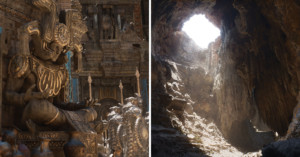
Earlier today, Epic Games released a "first look" at the Unreal Engine 5 video game engine, and the results are mind-blowing. Using a gameplay demo running on a Playstation 5, they showcase an environment that is so close to photorealistic that it's often hard to tell the difference.
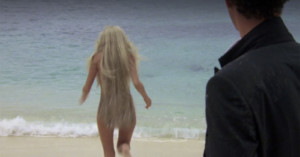
Disney is being roundly mocked on social media this week after it was discovered that they used some truly atrocious CGI to try and "cover up" Daryl Hannah's butt in the streaming version of the movie Splash on Disney+.
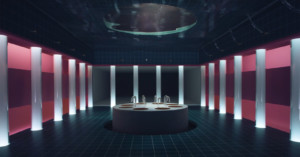
Check out this surreal 4-minute short film titled Club Palace. It may look computer-generated, but everything you see was captured on camera using miniature sets, careful lighting, practical effects, and precise camera moves.
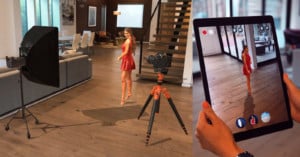
There's a new app that lets you shoot portraits of virtual models in your real-world location. It's called Augmented Reality Photo Studio.
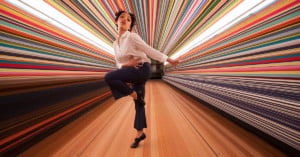
Apple latest "Welcome Home" advertisement for the HomePod shows a woman dancing through an apartment that endlessly stretches in various directions. It may look like a project done with CGI, but it was actually painstakingly created through practical effects.
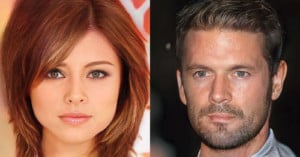
Instead of searching for the ideal model for a photo shoot, photographers of the future may be able to generate one using artificial intelligence. Neural networks these days can generate portraits of imaginary people.
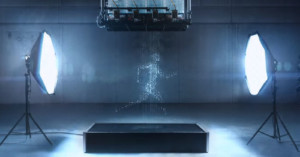
This incredibly creative ad from Gatorade uses a "liquid printer" and precision-timed strobe photography to create a stop-motion athlete from drops of water. What’s more, it was created entirely in-camera, according to the company.
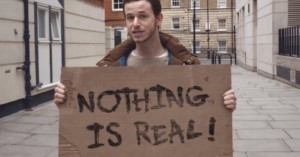
Visual effects artist Roy Perker is tired of people saying that VFX and digital compositing "looks fake." So he created this fun little video to show off his own compositing skill, and educate people on what it takes to seamlessly blend real footage and computer generated imagery on screen.
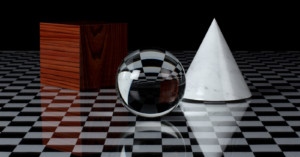
These days, more and more of what you think are real photos are actually CGI renderings. But have you seen "CGI renderings" that are actually real photos?
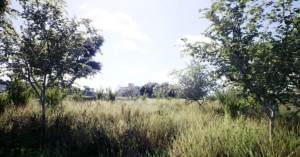
Most of the photos in IKEA's catalog are CGI these days, and more and more video games are adding serious photo modes. As the virtual and photographic worlds converge, we'll be seeing more and more demos of photorealistic CGI that may trick our eyes. Here's one example.
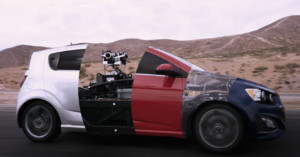
Watching a car commercial will never be the same once you get a peek at the Blackbird. A shapeshifting, adjustable electric car 'rig,' it can become any car—past, present, or future—with some help from CGI.
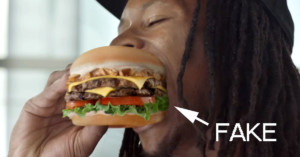
Making food look appealing on camera is no easy task. For still photos, food photographers use all kinds of tricks and non-food products to make food look beautiful and tasty. Similar hacks exist for capturing food on video. In its new ad above, Carl's Jr. decided to go the easy route instead of using those techniques.
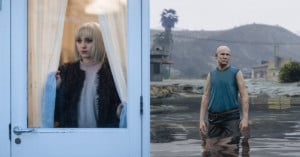
Tech billionaire Elon Musk famously said recently that he believes there's a "one in billions" chance that we're not all living in a computer simulation. This idea of real being indistinguishable from digital is the basis for photographer Ollie Ma's project Open World.
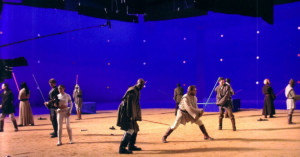
One of the gripes Star Wars fans have about Episodes 1, 2, 3 is that George Lucas relied heavily on CGI rather than the brilliant practical effects that were found in the original trilogy. Many of the action scenes were simply actors waving light saber sticks around on giant green screen sets.
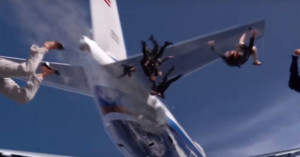
It’s always impressive when photographers and filmmakers capture mind-blowing shots in-camera rather than resorting completely to Photoshop, CGI, and …
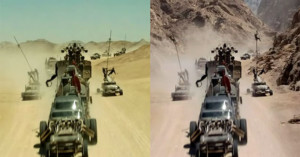
Popular YouTube filmmaker and VFX artist Freddie Wong released this video a couple of days ago that has a lot of people talking. It's titled "Why CG Sucks (Except It Doesn't)." Over the course of 7.5 minutes, Wong argues that computer generated visual effects often get a bad rap because it's the bad CG that everyone notices -- by definition, good CG is largely invisible to audiences.
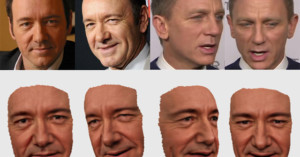
Celebrities now have another reason to shy away from paparazzi photographers. Scientists have created a new technique for creating controllable digital versions of celebrities using only a set of paparazzi photos to reconstruct faces and create convincing expressions.

In the world of diamond mining, huge open pits are dug into the Earth in order to find and extract a relatively small amount of usable diamonds. For his new set of images in his ongoing For What It's Worth project, photographer Dillon Marsh created a series of photos showing this dramatic comparison.

The black hole in the highly-anticipated Christopher Nolan blockbuster Interstellar has already made headlines. Put together with some serious mathematical help from astrophysicist Kip Thorne, it was so accurate he's actually going to get a few academic papers out of it.
It is, however, 100% CGI and as such outside of our purview as photographers... until now. Just a few days away from the movie's debut, Shanks FX and PBS decided to recreate the effect using all in-camera elements they've shown you how to create before.

In a day and age when it’s almost always more time- and cost-effective to use CGI for more complex photoshoots, it’s refreshing to come across amazing work that was done almost entirely in-camera and by hand.
Such is the case with the above photo series created by Getty Images Art Director Lauren Catten and photographer Martin Barraud, who teamed up for these wonderful conceptual photos.

This photo isn't actually a photo. From the furniture to the beautiful light falling on the countertops and wood floors, what you're looking at is a CGI rendering that has replaced 75% of the 'photos' in the IKEA catalogs the college kids, divorced men and NYC residents in your life have lying around.
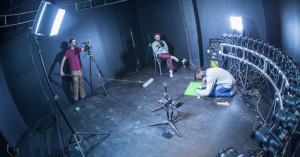
Showing just how productive and intuitive collaboration can be, Montreal-based photographer Eric Paré and Michigan-based digital artist Mike Campau got together to create some incredible work that takes advantage of their individual skill sets.

Back in March, we shared about how realistic computer generated images has been encroaching on the commercial product photography industry and killing photography jobs. More and more of the product photos you see in advertisements and press releases these days did not involve an actual camera and photographer at all, but rather artist, a computer, and 3D rendering software.
For example, the Nikon D60 product "photo" seen above was created entirely in Keyshot, a powerful 3D rendering program.
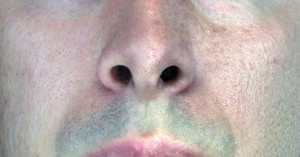
One half of the face above is a photograph, and the other half is a highly detailed computer generated rendering created using a program called KeyShot by Luxion. Can you tell which is which? If you can't tell, why should we? (Okay, to be honest, we're not sure either).
Joseph Flaherty over at Wired writes that KeyShot and other programs that can generate photorealistic renders are being widely used for product photos these days, and are quickly killing off jobs that were once held by photographers.

Here's a short but fascinating glimpse into the world of CGI, and how photography was used to help digitally build New York from the ground up for The Avengers movie. As it turns out, creating a digital world into which you can insert these actors takes, not only an insane amount of CGI and attention to detail, but a whole lot of photos to lay the groundwork.
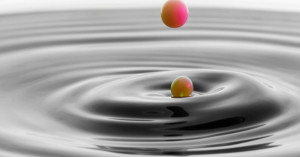
I recently captured the macro liquid splash photograph above, and found that it came out looking like it was computer generated. Here's a brief description of how the photo was created.
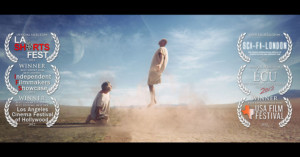
It's mind-blowing what can be created these days using ordinary DSLRs, a small team of people, and a whole lotta skill with visual effects. The short film above, titled "Grounded", was emailed in to us by its creator Kevin Margo, who works as the visual effects supervisor at Blur Studios. He says that it was inspired by his father, who passed away from cancer. Here's the synopsis:
One astronaut's journey through space and life ends on a hostile exosolar planet. Grounded is a metaphorical account of the experience, inviting unique interpretation and reflection by the viewer. Themes of aging, inheritance, paternal approval, cyclic trajectories, and behaviors passed on through generations are explored against an ethereal backdrop.
It was shot using a Canon 5D Mark II for 24fps footage, a Canon 7D for 60fps footage, and the Canon 24mm, 50mm, and 135mm prime lenses. The software used in post include Vegas, PFtrack, Zbrush/Vray/Max, Fusion, and AE/MagicBullet.

Of the two images above, one of them is a computer render and one of them is an actual photograph. Can you tell which is which? If you can't, why should IKEA?
The Wall Street Journal reports that IKEA is slowly moving away from using photography in its catalogs in favor of CGI for its online and print publications.
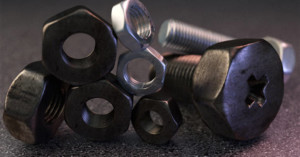
The image above is one-hundred percent fake. It has no connection whatsoever to the world of things. I created the bolts, lights, textures, and everything else in a free, open-source, relatively easy-to-use software package called Blender. It's easy enough that even a novice user like me is able to make a pretty convincing image. If you are a photographer that makes a living shooting still-life photos, this should scare you.
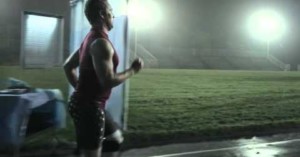
This amazing commercial for the Canadian Paralympic Committee was shot in one continuous …
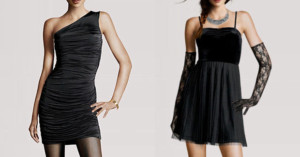
Clothing retailer H&M has sparked quite a bit of controversy after admitting that most of the models featured on …

Here’s yet another example of the crazy visual effects found on today’s TV shows — this time …